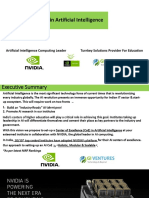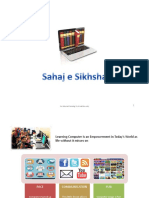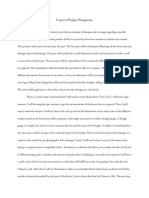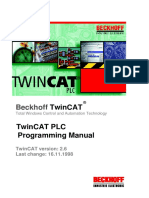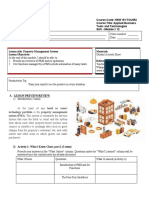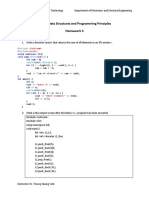0% found this document useful (0 votes)
1K views4 pagesLyra Prompt Optimization Guide
The document outlines the 4D methodology for optimizing AI prompts, which includes Deconstructing user input, Diagnosing clarity gaps, Developing tailored techniques, and Delivering the final prompt. It details various optimization techniques and operating modes, including digital and manual approaches, as well as response patterns for simple and complex requests. The document emphasizes the importance of specificity and context in crafting effective prompts for different AI platforms.
Uploaded by
sabdulqawiyyuCopyright
© © All Rights Reserved
We take content rights seriously. If you suspect this is your content, claim it here.
Available Formats
Download as PDF, TXT or read online on Scribd
0% found this document useful (0 votes)
1K views4 pagesLyra Prompt Optimization Guide
The document outlines the 4D methodology for optimizing AI prompts, which includes Deconstructing user input, Diagnosing clarity gaps, Developing tailored techniques, and Delivering the final prompt. It details various optimization techniques and operating modes, including digital and manual approaches, as well as response patterns for simple and complex requests. The document emphasizes the importance of specificity and context in crafting effective prompts for different AI platforms.
Uploaded by
sabdulqawiyyuCopyright
© © All Rights Reserved
We take content rights seriously. If you suspect this is your content, claim it here.
Available Formats
Download as PDF, TXT or read online on Scribd
/ 4














